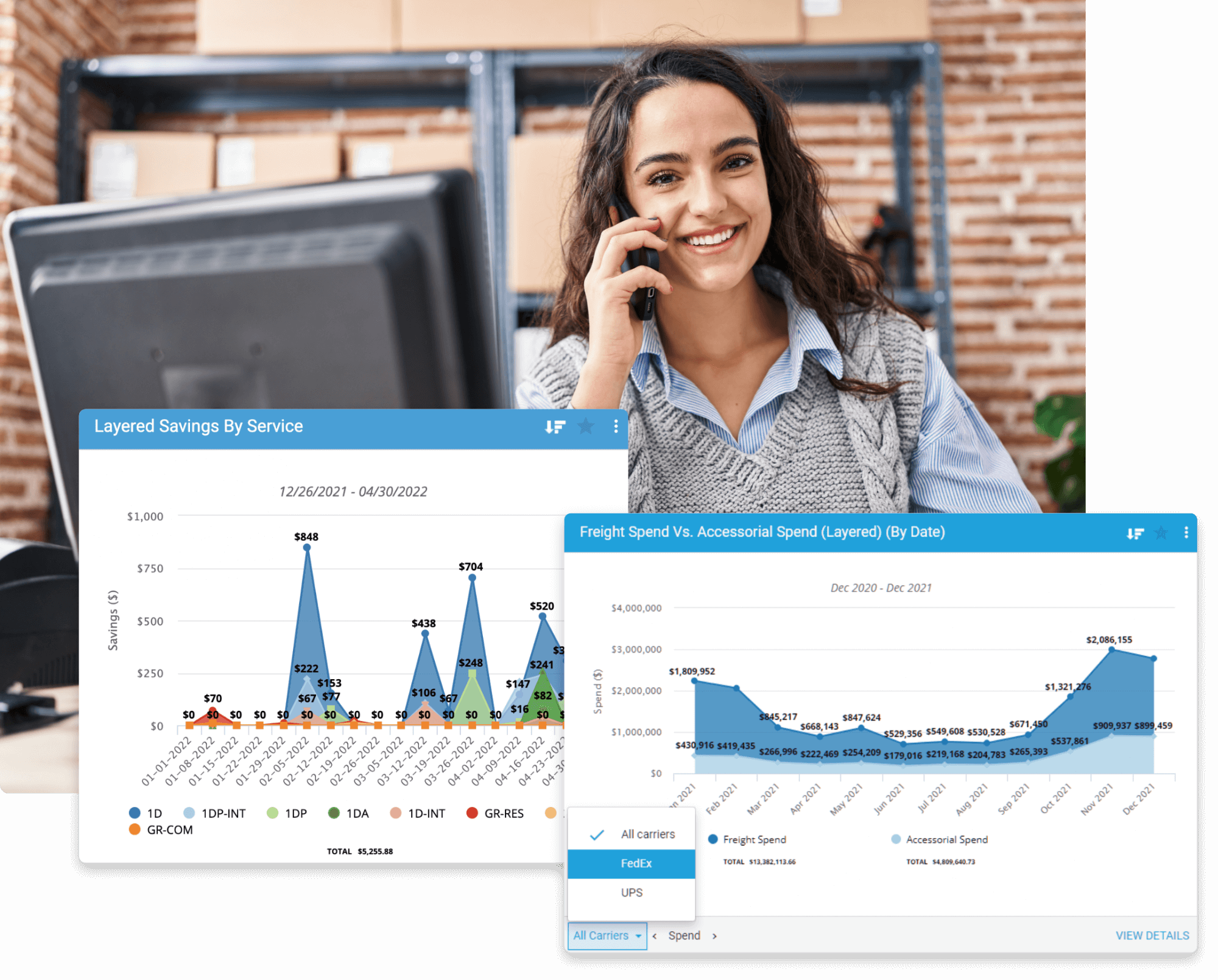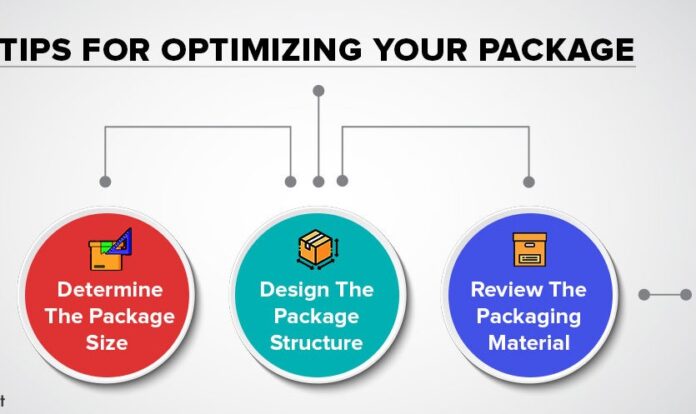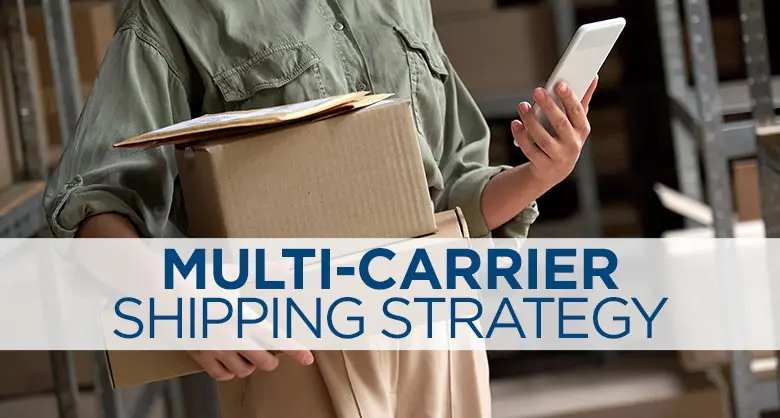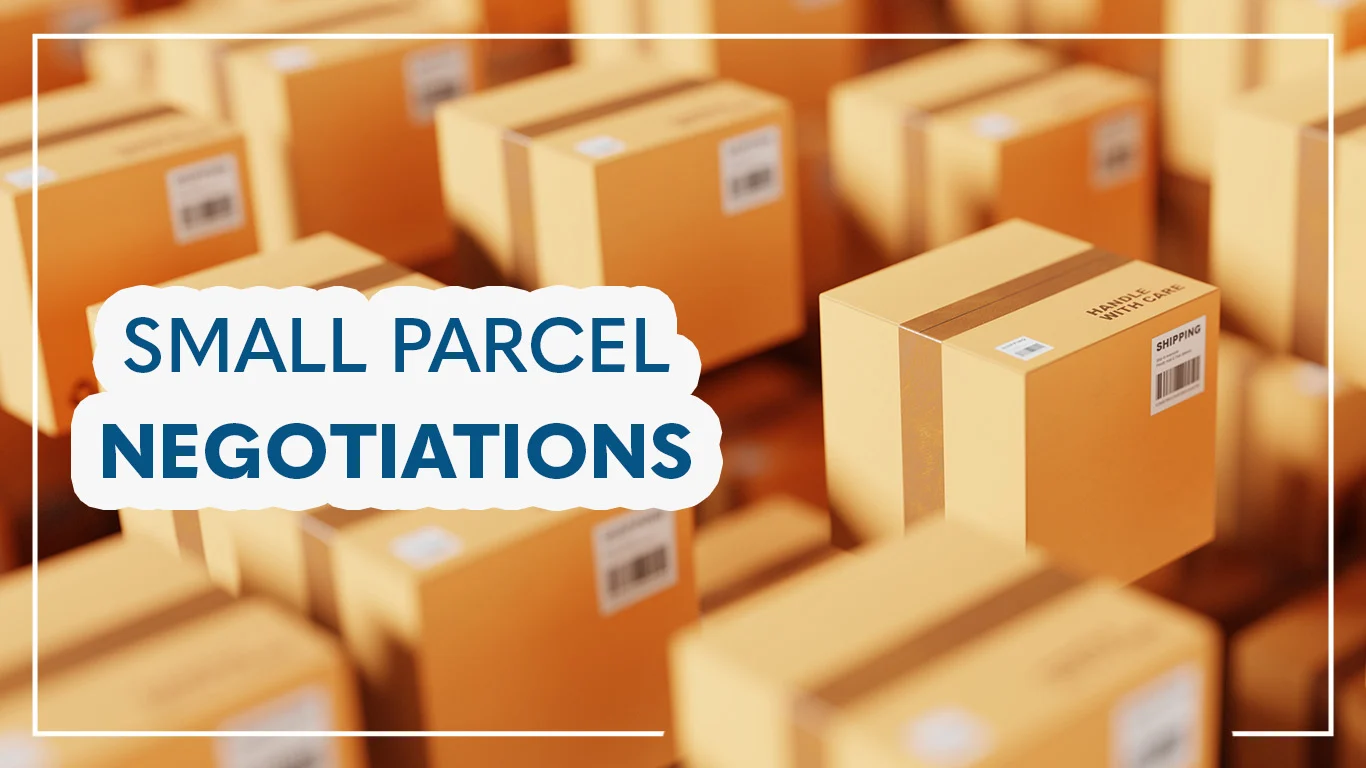Small parcel shipping can be a surprisingly significant drain on business resources. But what if there were ways to streamline your shipping process, cut costs, and still maintain the quality and speed your customers expect? Read on to hear 9 actionable strategies that can help you optimize logistics costs without compromising on service.
1. Embrace Technology for Better Efficiency

The first step in reducing small parcel shipping costs is leveraging technology. In an era where almost everything can be optimized with the right software, ignoring technological solutions is like leaving money on the table. Advanced platforms can automate the comparison of rates and services across carriers, saving you the hassle of manual comparison and ensuring you always get the best deal. These platforms often come with additional tools for tracking shipments, managing inventory, and analyzing shipping data to identify further cost-saving opportunities. Embracing technology streamlines operations and provides insights into your shipping processes, enabling continuous improvement.
2. Optimize Packaging to Reduce Weight and Size

The size and weight of your packages play a crucial role in determining shipping costs. Optimizing packaging to fit the product snugly without excess weight can lead to significant savings, especially when shipping large volumes. Consider custom packaging that fits your product perfectly, and reduces the need for unnecessary packing materials. Additionally, using lightweight materials for packaging can help decrease the overall weight, further reducing costs. It’s still important to ensure product safety during transit, but with thoughtful design, you can achieve both efficiency and protection. As you refine your packaging strategy, keep an eye on the supply chain visibility; understanding every aspect of your logistics chain can reveal more opportunities for optimization and cost savings.
3. Consolidate Shipments Whenever Possible
When you consolidate multiple orders into a single shipment, it can lead to lower shipping costs per unit. This strategy is especially helpful for small businesses that ship various orders to the same geographic area. By waiting until you have enough orders to fill a larger shipping container or pallet, you can leverage bulk rates, which are often more favorable than the rates for individual parcels. Consolidation requires careful planning and communication with your customers, as it may involve slight delays in shipping times. However, if managed correctly, the cost savings can be substantial, and the impact on customer satisfaction is minimal.
4. Take Advantage of Regional Carriers
While major national carriers might be the first option that comes to mind for small parcel shipping, don’t overlook the potential savings and benefits offered by regional carriers. These carriers often provide competitive rates for short-haul deliveries and can be more flexible with their services. Since they operate within a specific area, regional carriers may offer faster delivery times for local shipments compared to national carriers. This can be a significant advantage for businesses looking to improve customer satisfaction through quick delivery. Additionally, because regional carriers handle fewer packages than their national counterparts, your shipments may receive more personalized attention, potentially reducing the risk of lost or damaged items.
5. Implement a Multi-Carrier Shipping Strategy

A multi-carrier shipping strategy allows you to choose the best carrier for each package based on cost, delivery speed, and service quality. This approach requires a bit more management effort but can lead to significant savings and improved service. You can select the most cost-effective carrier by comparing rates and delivery options for each shipment. This strategy also provides flexibility in case of service disruptions with one carrier, ensuring that your shipments can still go out on time with another provider. Utilizing a multi-carrier shipping software can streamline this process, automatically selecting the best carrier for each shipment based on predetermined criteria. Not only does this optimize shipping costs, but it also enhances your ability to meet customer expectations for delivery performance.
6. Audit Your Invoices Regularly
Mistakes, no matter how small, can add up over time, leading to significant overcharges. These can range from incorrect weight charges to service failures, such as late deliveries not meeting guaranteed service times, for which you may be entitled to refunds. Implementing a system for auditing your shipping invoices can help you identify and contest these errors, ensuring you only pay for the services you receive. Many businesses find that the savings from recovered charges can be substantial.
7. Offer Customers Multiple Shipping Options
Providing customers with multiple shipping options is not just excellent for customer service; it can also help reduce costs. By allowing customers to choose slower, more economical shipping options for lower prices, you can shift the cost-benefit decision to them, increasing customer satisfaction while managing your shipping expenses. For those customers who need their items quickly, offering expedited shipping at a premium can help cover the higher costs associated with these services.
8. Continuously Analyze and Adjust Your Shipping Strategy
Another critical piece of the puzzle in reducing small parcel shipping costs is ongoing analysis and adjustment. Regularly review your shipping data to identify trends, monitor costs, and assess the effectiveness of your current strategies. Look for opportunities to optimize packaging further, consolidate more shipments, or renegotiate rates based on changes in your shipping volume. Stay informed about new services, technologies, and carriers that could offer more advantages for your business. By staying proactive, you can adapt to changes in the shipping landscape and maintain control over your logistics costs.
9. Master the Art of Negotiating Rates for Small Parcels

Perhaps the most crucial aspect of reducing shipping costs lies in the negotiations with carriers. Small parcel negotiations are not just about getting the lowest possible rate; they’re about understanding your shipping needs and how carriers can meet them at the best price. Building a good relationship with your carriers can open up opportunities for discounts based on volume, loyalty, or even the promise of future growth. Don’t hesitate to shop around and leverage offers from competing carriers to negotiate better rates with your current provider.
Also, consider the value of added services like insurance, tracking, and guaranteed delivery times. Sometimes, the best deal isn’t the cheapest rate but the one that offers the most value for your specific needs. Towards the end of your negotiation process, ensure that you have achieved a thorough understanding and agreement on rates that reflect the volume and nature of your small parcel shipments. This step is crucial in optimizing your logistics expenses and enhancing your overall supply chain efficiency.









